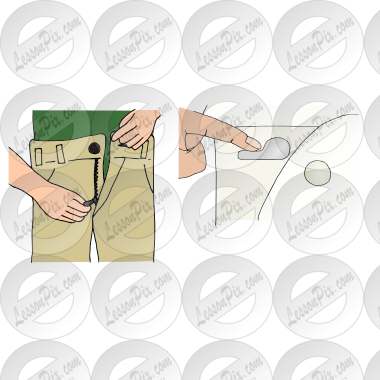Brain Sciences, Free Full-Text
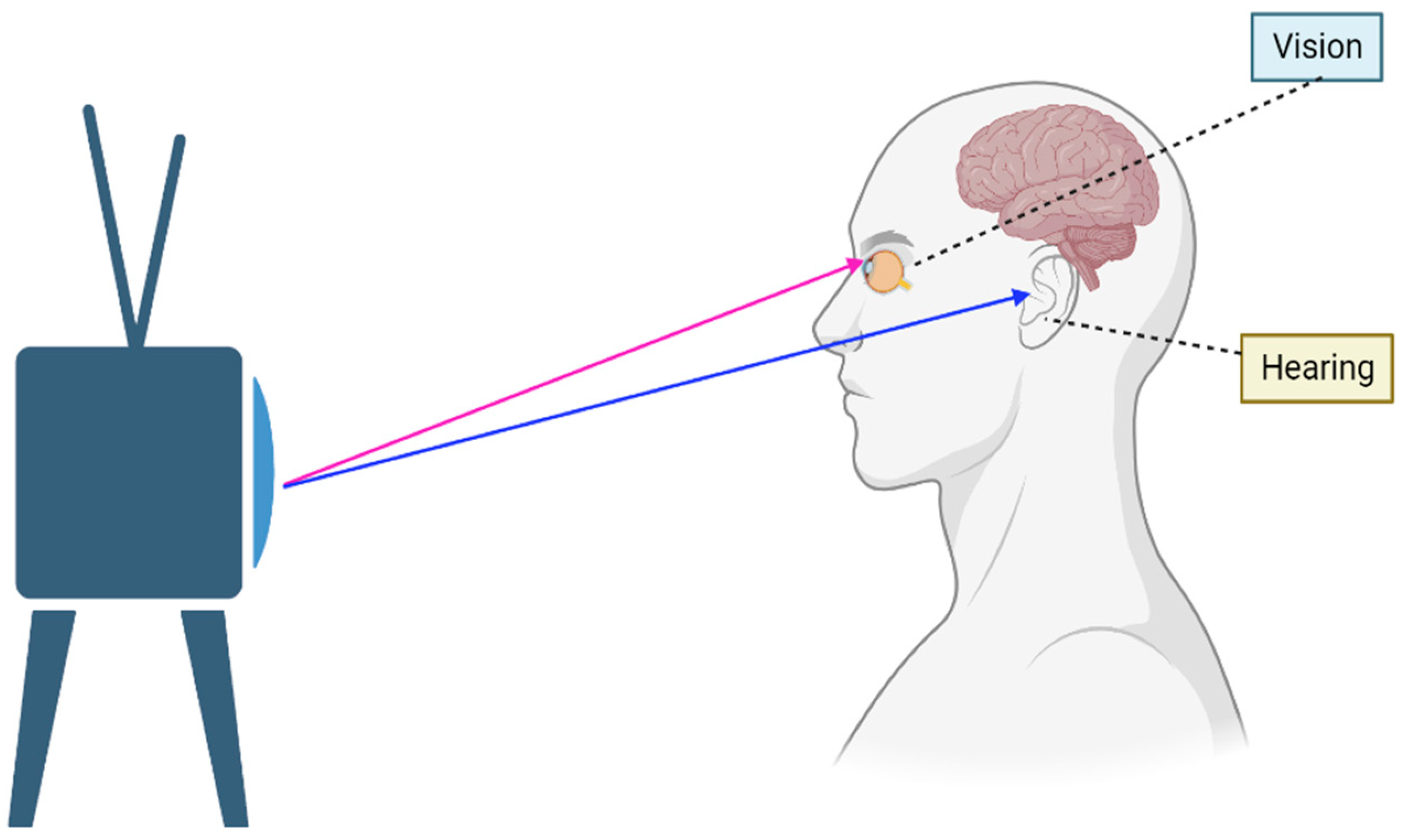
By A Mystery Man Writer
To maintain stable and coherent perception in an ever-changing environment, the brain needs to continuously and dynamically calibrate information from multiple sensory sources, using sensory and non-sensory information in a flexible manner. Here, we review how the vestibular and visual signals are recalibrated during self-motion perception. We illustrate two different types of recalibration: one long-term cross-modal (visual–vestibular) recalibration concerning how multisensory cues recalibrate over time in response to a constant cue discrepancy, and one rapid-term cross-modal (visual–vestibular) recalibration concerning how recent prior stimuli and choices differentially affect subsequent self-motion decisions. In addition, we highlight the neural substrates of long-term visual–vestibular recalibration, with profound differences observed in neuronal recalibration across multisensory cortical areas. We suggest that multisensory recalibration is a complex process in the brain, is modulated by many factors, and requires the coordination of many distinct cortical areas. We hope this review will shed some light on research into the neural circuits of visual–vestibular recalibration and help develop a more generalized theory for cross-modal plasticity.

Brain Sciences, Free Full-Text

Brain Sciences, Free Full-Text

Meadhbh (Maeve) Park on LinkedIn: This evening at 6.30-7.30pm , free for all, email [email protected]…

Brain Sciences, Free Full-Text

How Technology and Social Isolation May Affect Mental Health, isolation
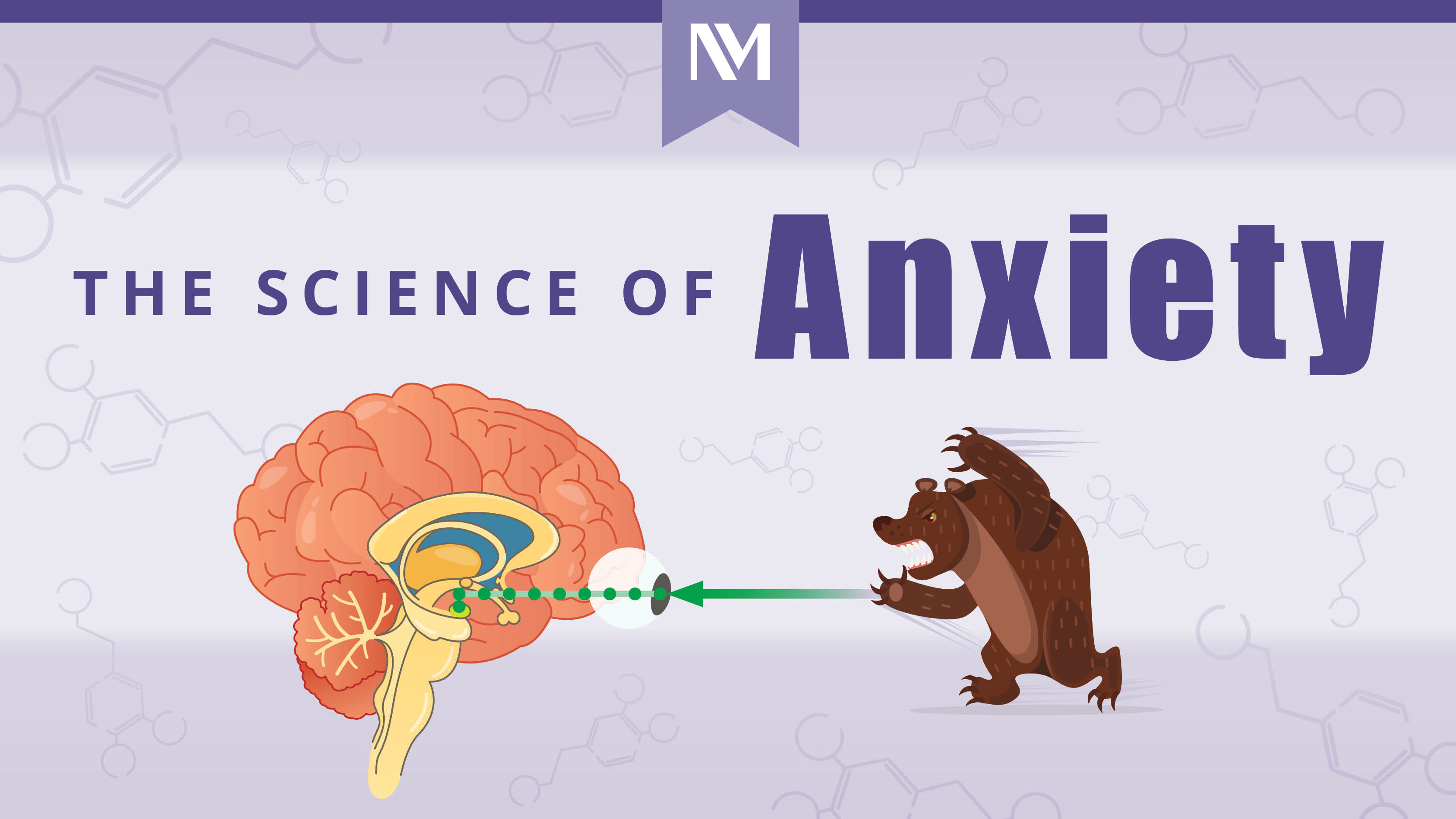
The Science of Anxiety (Infographic)
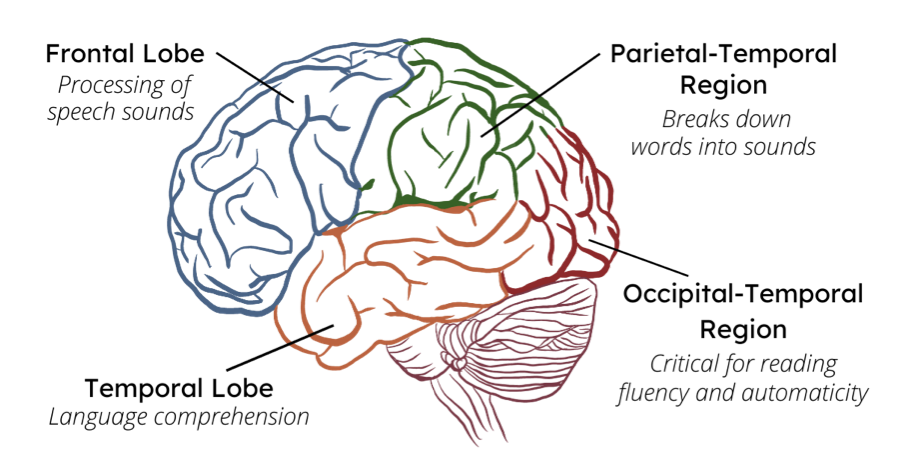
What the Science of Reading Says About Our Brains, Scholastic

Premium — Brain Science

Brain Sciences, Free Full-Text
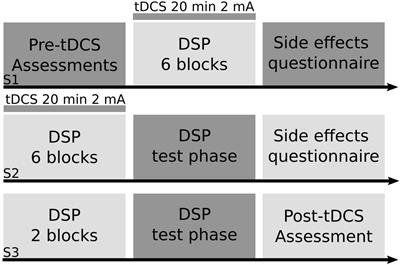
Brain Sciences Free Full-Text Reliability And Variability, 42% OFF
- Vision and values Institute for Government

- Agrícola Andrea wins IFG's inaugural DW Cain Award, Article

- Frontiers Face shape processing via visual-to-auditory sensory substitution activates regions within the face processing networks in the absence of visual experience
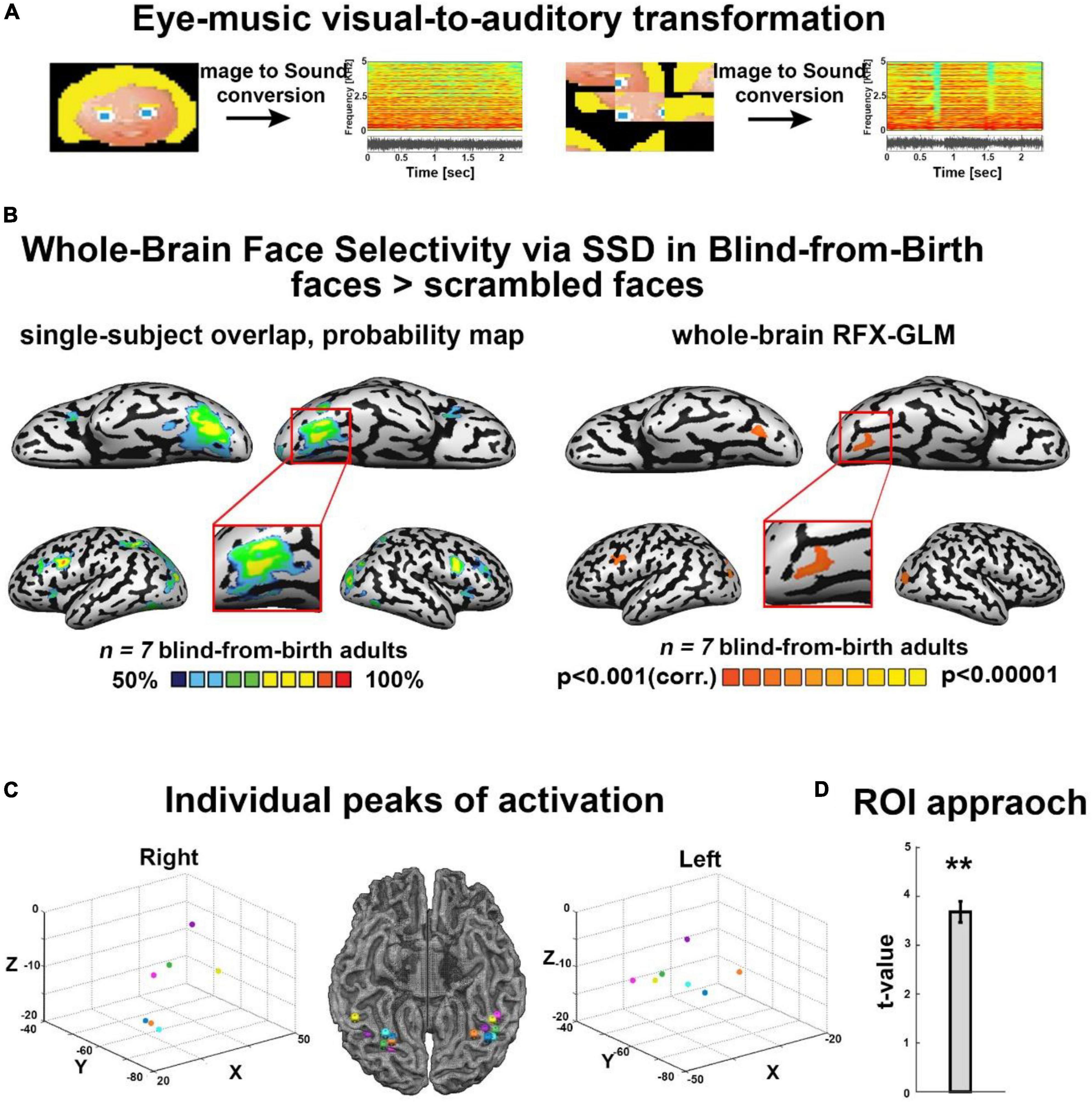
- Cortical and subcortical pathways for vision. The majority of

- How IFG and Google Cloud AI bring structure to unstructured
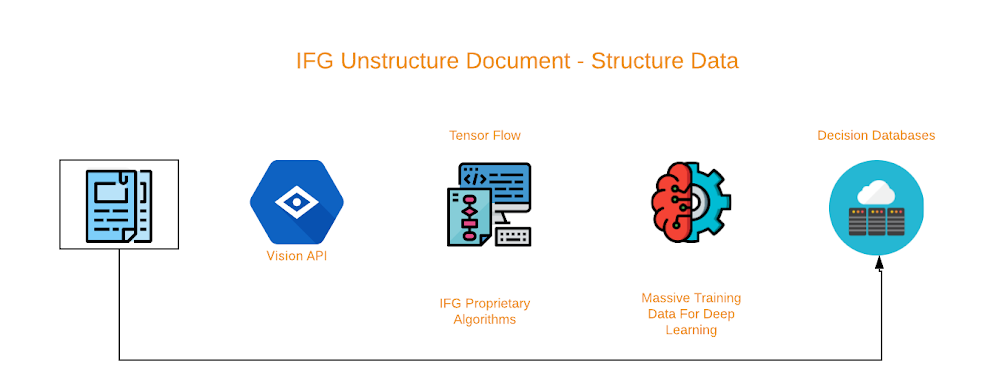
- CYEVA Mesh Disposable Underwear Travel Panties Handy India

- Sewing 325 Lingerie [Class in Los Angeles] @ The Little Sewing

- Nicole 🩷✨, another Free Pattern Friday 💖 a quick and comfy crochet top! # crocheting
- 210+ Nursing Home Salon Stock Photos, Pictures & Royalty-Free

- Pull Up Pants Flush Picture for Classroom / Therapy Use - Great Pull Up Pants Flush Clipart
